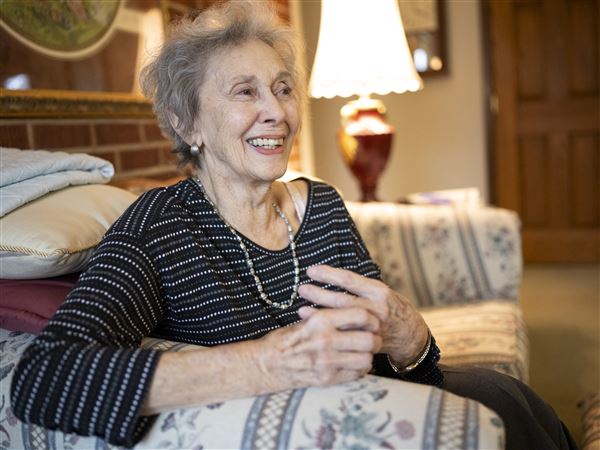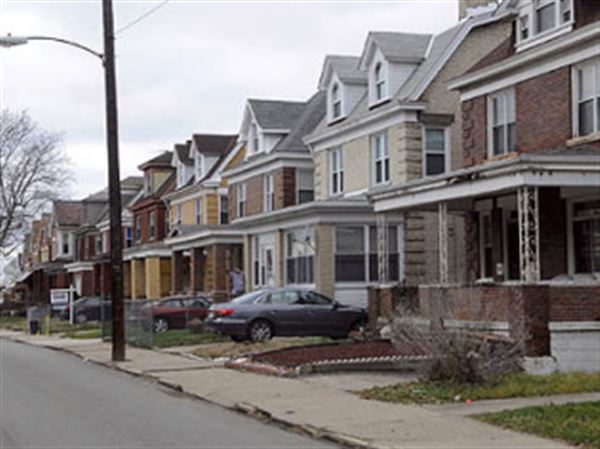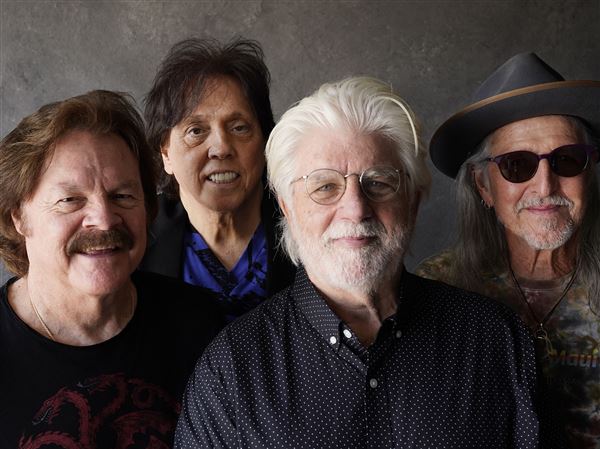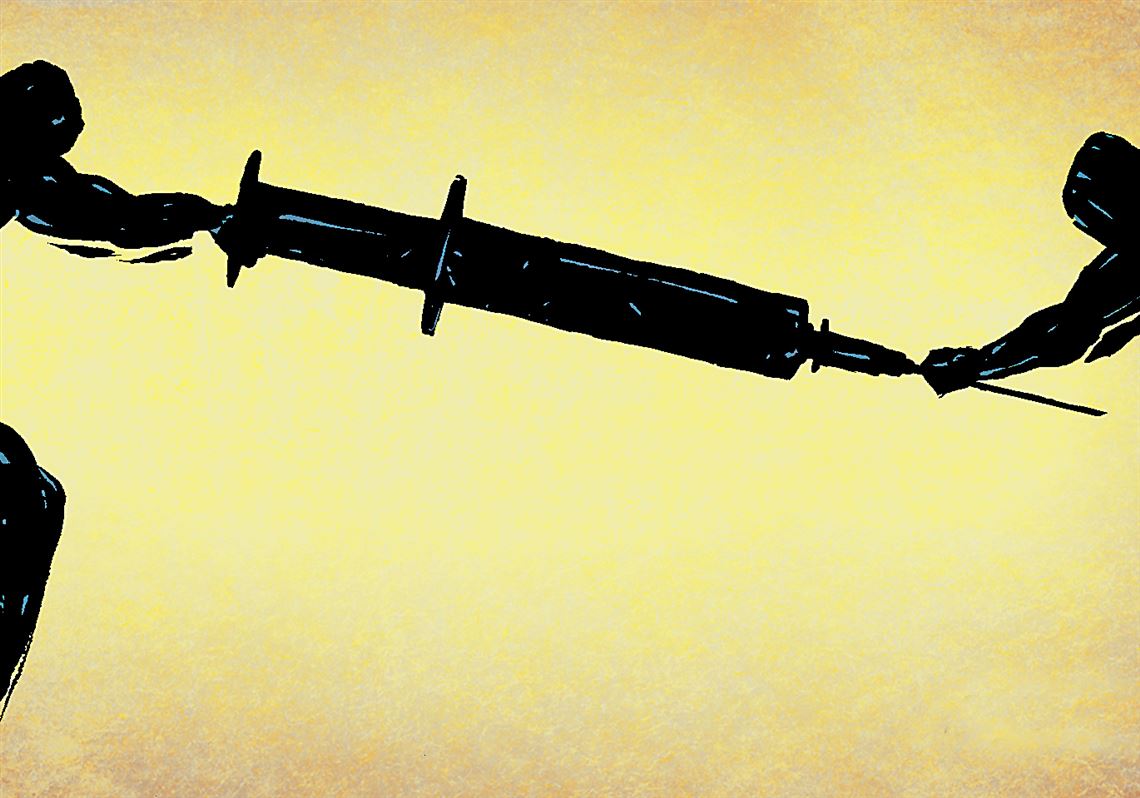When Pennsylvania Physician General Rachel Levine signed a statewide standing order for naloxone in October, she removed a significant barrier to the life-saving medication that reverses drug overdoses from heroin and prescription pain medication. In effect, Dr. Levine wrote a prescription for all Pennsylvanians to have access to naloxone. Any adult in Pennsylvania now can walk into a pharmacy and walk out with the potential to save a life.
This is a critically important step in addressing the worst epidemic of opioid-overdose deaths in the history of the United States and Pennsylvania, where addiction affects one in four families.
But with at least 2,500 Pennsylvanians having died in 2014 from overdoses — more than the number of people killed in automobile accidents — Pennsylvania now must make sure that unfettered access to naloxone translates into broad acceptance and use of the medication and propels people suffering from the disease of addiction into treatment.
The process to get a dose of naloxone is simple. With the standing order, a mother, father, brother, sister, husband, wife or friend — anyone — can simply visit the nearest pharmacy and buy a dose. If the pharmacy doesn’t have naloxone on hand, it can order it and have it within 24 to 48 hours.
The process for getting naloxone into the hands of police and other first responders, however, has required persistent collaboration and education among police, government agencies, elected officials and advocates. Questions of cost and liability are being answered. Misinformation is being corrected. And stigma — the single biggest reason why society’s response to this public health crisis has not reached the level of other health crises — is being battled on many fronts.
Since the passage last year of Act 139, which allows first responders to administer naloxone with immunity from criminal prosecution, sanctions and civil liability, nearly 200 municipal police departments have equipped their officers with naloxone. Gov. Tom Wolf announced this year that every Pennsylvania State Police vehicle would be equipped with it. Many municipal departments are located where overdose rates are among the highest. Those police forces have reversed at least 377 overdoses.
As early adopters of this life-saving initiative, these officers’ actions are laudable. And they are sending a strong message to all — the lives of people with the disease of addiction are worth saving.
There is no cost to these forces for the medication, thanks to generous donations from several health insurers and a grant from the Pennsylvania Commission on Crime and Delinquency. Nearly $500,000 has been provided for police to carry naloxone, and more is expected.
Yet, with all this success, many municipal forces in areas with high overdose rates still do not carry naloxone. According to the Pennsylvania Department of Drug and Alcohol Programs, in Allegheny County, which in 2014 had the second-highest number of overdose deaths in the state with 303, only eight of 117 police departments are carrying naloxone. In the five counties surrounding Allegheny — Washington, Beaver, Butler, Armstrong and Westmoreland — there were 171 overdose deaths in 2014. Of the 146 police forces covering those five counties, only two are listed as carrying naloxone.
The chronic nature of addiction means that relapse to drug abuse is almost always possible. Naloxone does not contribute to this problem by enabling use or providing a false sense of security for users. In fact, several studies report a decrease or no change in drug use among those who’ve been administered naloxone. Some research participants describe the drug withdrawal brought on by naloxone — shaking, headache, sweating, nausea and vomiting — as an experience they did not want to repeat.
But naloxone does give people with addiction a chance to recover. We cannot treat Pennsylvanians with this disease if they are dead.
Although saving lives is an immediate benefit of naloxone, long-term recovery is the goal. This requires appropriate levels of treatment.
By collaborating with the Pennsylvania Medical Society and other health care partners, the Department of Drug and Alcohol Programs is trying to shift the paradigm of interaction between doctors and overdose survivors. The aim is to educate emergency-room doctors on how to effectively discuss drug treatment with individuals after an overdose has been reversed.
Just as a cardiologist provides orders for heart-attack patients when they are released from the hospital, emergency-room doctors should “order” treatment as a next step in an overdose survivor’s care. Doctors’ orders don’t have the force of law, but a more assertive directive from a respected physician can make a difference.
Reversing an overdose with naloxone is only part of Pennsylvania’s plan to combat the epidemic of drug-overdose deaths, but it is the most urgent part. Without it, Pennsylvania families will continue to lose loved ones — and hope — at a record pace.
Many of our friends in law enforcement are helping us execute the plan, although we need the support of more of them, and Gov. Tom Wolf is pushing it forward. But all Pennsylvanians can help. They can support friends, family members and colleagues who are addicted by understanding how they are affected by this disease, by having naloxone on hand to save them if necessary, and by urging them into treatment.
Gary Tennis is secretary of the Pennsylvania Department of Drug and Alcohol Programs.
First Published: November 22, 2015, 5:00 a.m.
















